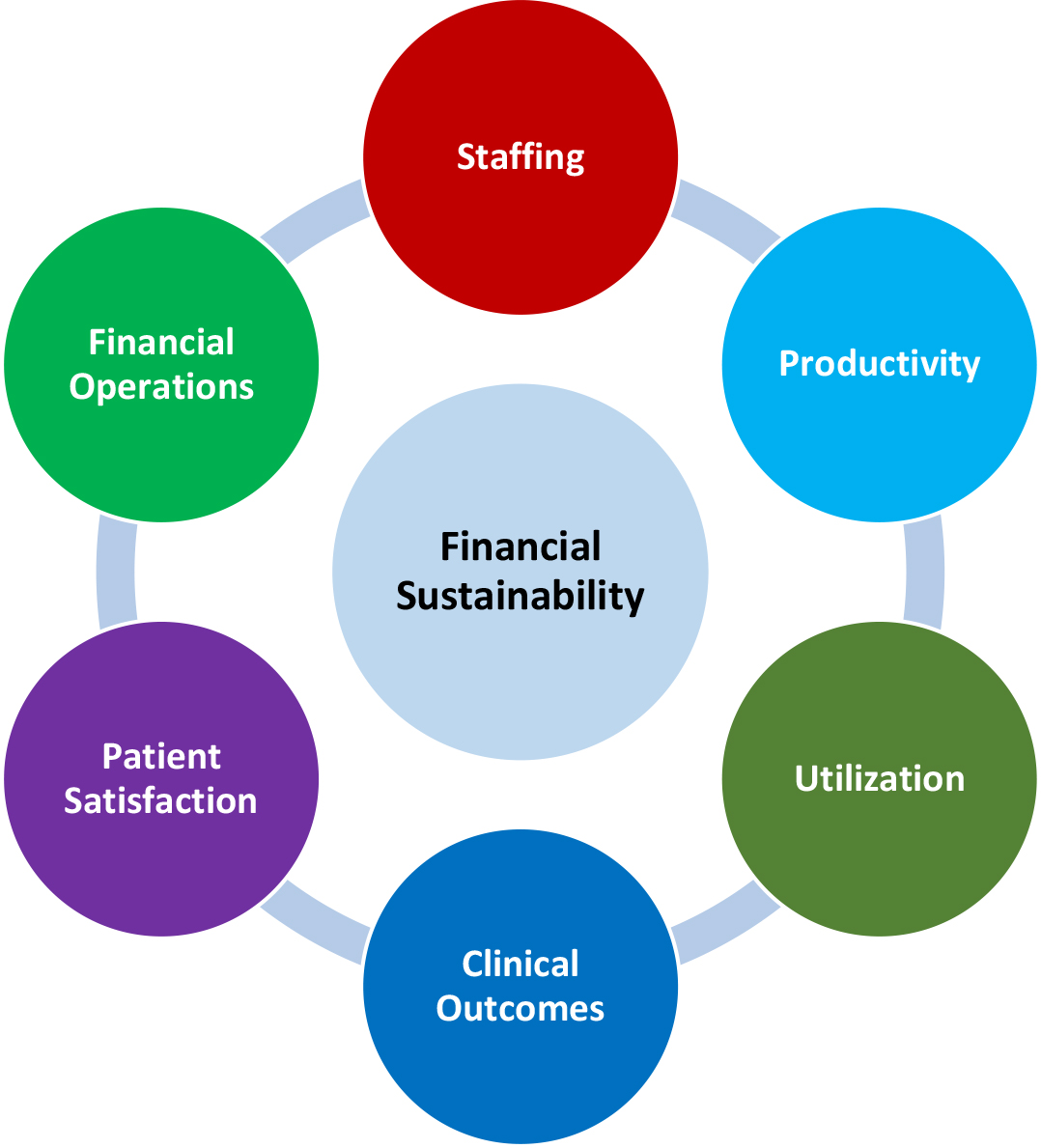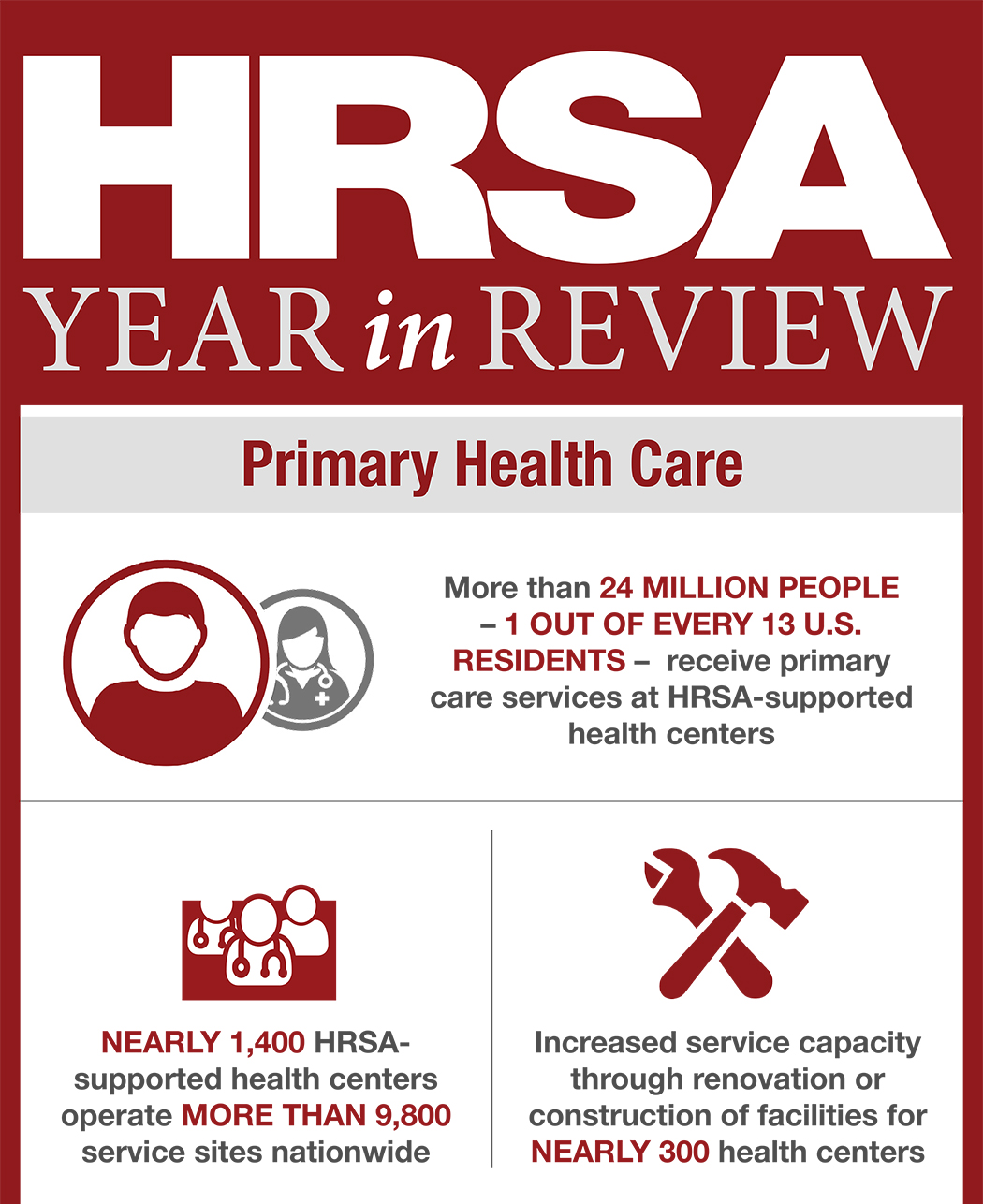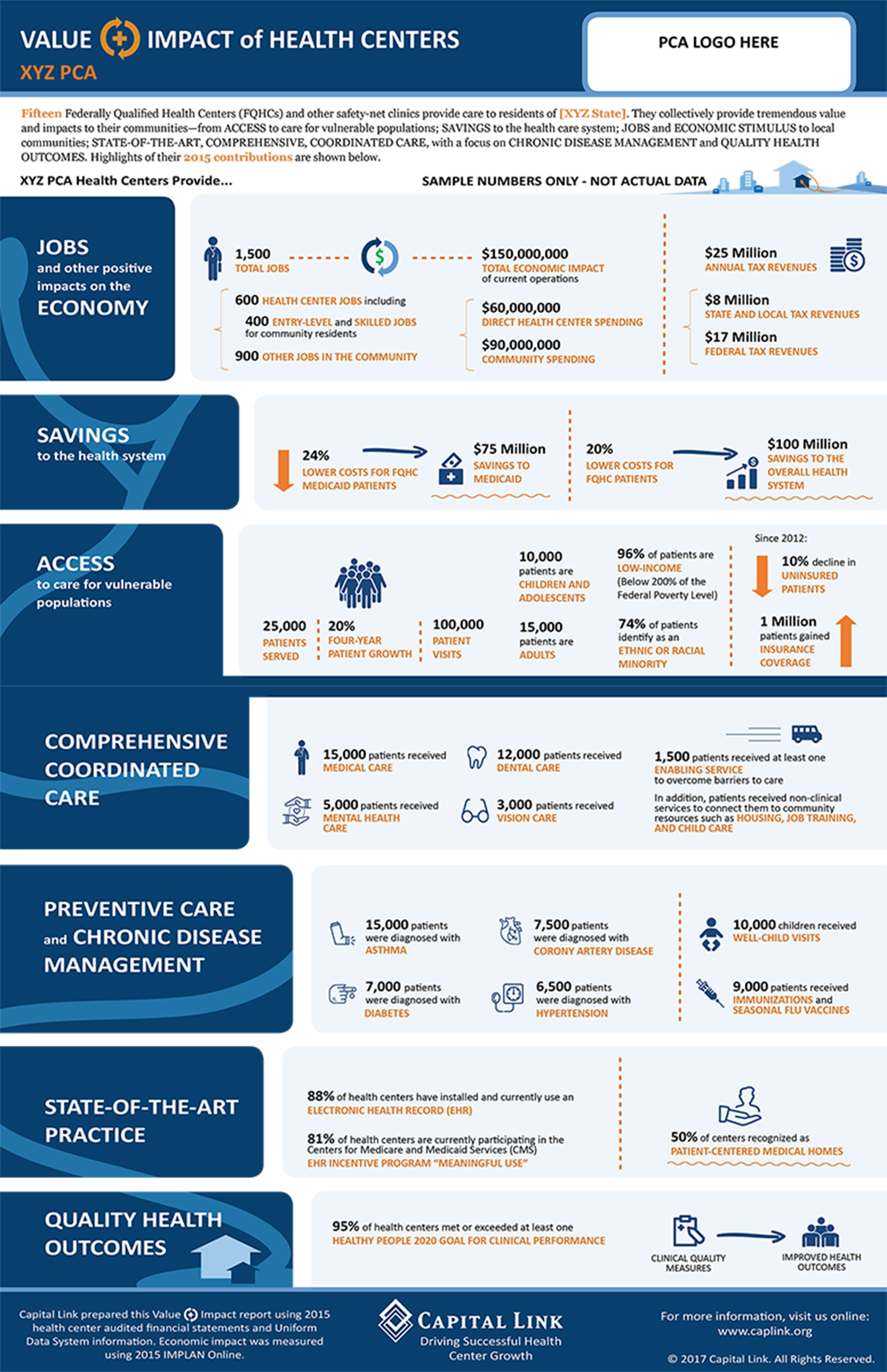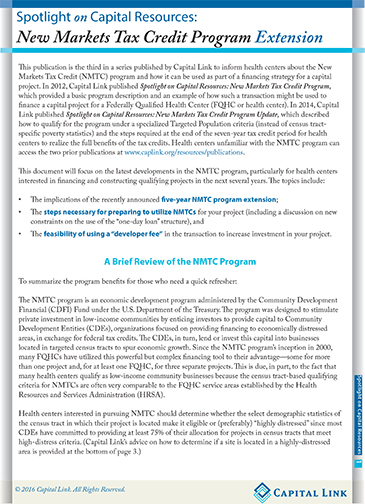![]()

![]()
A Quarterly Resource Bulletin from Capital Link
![]()
Message from the CEO
Allison Coleman, CEO
We hope that your new year is off to a great start. While there is no doubt that 2017 holds a degree of uncertainty for health centers, we can be sure that the important role they play in communities across the country will remain unchanged. Health centers will continue to be innovative and local solutions that improve quality care while generating savings to the health care system.
In order to weather this storm, health centers must be resilient and turn their focus to increasing efficiencies and stabilizing operations. To help health centers respond to the changing health care landscape, we have compiled a collection of strategies and resources in the article, What Can Health Centers Do to Be Resilient During Uncertain Times?
It is also important for health centers to demonstrate their substantial value. In addition to illustrating economic impact, health centers need to highlight how they contribute to increased access to care, savings to the health care system, chronic disease management, and improved health outcomes. Learn more about the importance of communicating value and impact in this issue’s article, Communicating Health Center Value.
This issue also highlights the Community Development Financial Institutions (CDFI) Fund’s latest round of New Markets Tax Credit (NMTC) allocation awards in the article, Accessing NMTC Allocations − Health Centers with Capital Projects Should Plan Now! It is challenging for health centers to obtain credits due to high demand, so the time to prepare for the next allocation award round is now.
This issue also provides information on new health center resources, federal updates, health center highlights, and upcoming presentations and webinars. We hope this information helps guide you toward a successful 2017!
![]()
Federal Update
Keep Up to Date!
Below is a selection of recent health policy and regulatory news and information relevant to health centers and PCAs. For regular updates, subscribe to Capital Link’s blog and access the following links:
NACHC’s Health Centers on the Hill and Policy Shop blogs
The Health Resources and Services Administration’s (HRSA's) health center tab
The newsroom at the U.S. Department of Health and Human Services
Proposed Plans to Replace the ACA
January 20, 2017 – President Trump issued an executive order to repeal parts of the Affordable Care Act (ACA), and several proposed plans to replace it have been unveiled. Click here to read more about the Senate’s Obamacare Repeal Resolution on NACHC’s blog. Click here for a summary of Health Secretary Nominee Tom Price's Empowering Patients First Act on the Kaiser Family Foundation website (which plans to add additional proposal summaries in the coming weeks). Click here and here to learn more about the House Republican Study Committee’s American Health Care Reform Act, which proposes coverage for those with pre-existing conditions while attempting to lower costs by allowing association health plans, expanded health savings accounts, and the sale of insurance across state lines.
HHS Nominee Price Speaks to Value of Community Health Centers
January 18, 2017 – In the Health and Human Services (HHS) Secretary confirmation hearing, Senator Tim Scott (R-SC) asked HHS Secretary nominee Representative Tom Price (R-GA) about the role of community health centers in the health care system. Senator Tim Scott asked, “What role do you think community health centers can play particularly in rural and medically underserved areas?” Representative Price responded, “Community health centers are a vital part of our health care delivery system right now. They fill a void in so many areas, as you mentioned, across your state and across mine, and literally across the country. I think there are over 13,000 that are the entry point and oftentimes the area of health care for so many individuals. And we need to do all that we can to strengthen them, to make certain the providers, the docs and other providers, that are within community health centers are of the highest quality, that they are providing the highest quality care. And that they are able to access resources, intellectual resources and clinical resources, that allow them to broaden that care.” Watch this portion of the hearing here.
Potential Timeline for ACA “Repeal and Replace”
January 3, 2017 – There is much speculation about the impact a Trump presidency will have on health care, specifically centered around repealing or rolling back the ACA and a possible end to the expansion of Medicaid. NACHC recently posted an overview of the potential timeline for repealing and replacing the ACA here on their blog.
HSS awards over $50 Million for New Health Center Sites
December 15, 2016 – Health and Human Services (HHS) announced over $50 million in New Access Point funding for 75 health centers in 23 states, Puerto Rico, and the Federated State of Micronesia. The funding will allow these health centers to serve over 240,000 additional patients. Read more here.
Health Care Package Benefiting Health Centers Signed into Law
December 14, 2016 – After passing in both houses of Congress with overwhelming bipartisan votes, President Obama signed the 21st Century Cures Act into law. The sweeping medical cures bill contains key measures that will help health centers expand services, staff, and training for providers, especially in the area of treating opioid addiction. Read more here.
Congress Passed Continuing Resolution to Avoid Government Shutdown
December 10, 2016 – With the most recent Continuing Resolution (CR) expired, Congress opted to move forward with another CR to fund the federal government through the end of April 2017. This latest short-term funding extension allows Congress time to address other pressing policy issues at the beginning of the new Congress and transition to the new Administration. Read more here.
$7 Billion NTMC Allocation Announced
November 17, 2016 – The U.S. Department of the Treasury's Community Development Financial Institutions Fund (CDFI Fund) announced that 120 organizations nationwide will receive a total of $7 billion in New Markets Tax Credit (NMTC) awards. This is the largest single award round since the NMTC Program was created in 2001. Read more here. And read about how Capital Link can help here.
One-Quarter of Americans Are Currently Enrolled in Medicaid
September 26, 2016 – Since 2013, the number of Medicaid enrollees has grown from 58 million to 75 million, and the program now provides coverage to roughly 25 percent of all Americans – the most significant effect of Obamacare, according to a PwC report released in September 2016. The growth in Medicaid slowed to just three percent this year, with 2.3 million new enrollees, as few new states joined the expansion. Read more here.
New and Noteworthy
What Can Health Centers Do to Be Resilient During Uncertain Times?
The health care landscape is evolving and changing, but patients will still need access to care and health centers will need to serve them. Capital Link has delivered numerous trainings and developed a library of resources and tools to assist health centers in planning, whether the goal is growth, stabilization, or sustainability. It is particularly important now for health centers to operate efficiently and effectively, in order to weather whatever lies ahead. Below are some strategies to consider and resources available to health centers and PCAs:

Assess Your Financial and Operational Strength. The best way to prepare for tomorrow is to understand where you stand today by tracking performance and benchmarking results against peers and targets.
Related Resources, Services, and Programs:
-
Performance Benchmarking Toolkit for Health Centers (toolkit)
-
High-Performance Community Health Centers: Learning, Measuring, and Achieving (publication)
-
Performance Evaluation Profiles (service)
-
Financial Trends Snapshot (service)
-
Advancing Financial Strength (program)
-
High-Performance Community Healthcare: How to Measure It and How To Achieve It (webinar)
Understand Your Market. Health centers should have an understanding of their communities and the unmet needs in order to identify opportunities for growth and better programs of care.
Related Resources and Services:
-
Market Assessment for Service Expansion Rooted in the Community (upcoming webinar)
-
Market Assessment and Payer Mix Modeling in an Era of Health Reform (webinar)
-
NACHC State Level Data and Maps (various resources)
-
Market Assessment Process (service)
-
Community Asset Mapping (service)
-
NACHC’s Protocol for Responding to and Assessing Patients’ Assets, Risks, and Experiences, or PRAPARE (toolkit)
Develop a Strategic Business Plan. The health centers most prepared to respond to changing conditions have developed a dynamic strategic plan that they use actively.
Related Resources and Services:
-
Creating a Dynamic and Useful Strategic Plan: A Toolkit for Health Centers (toolkit)
-
Creating a Business Plan for a Community Health Center Capital Project: a “How-To” Manual (toolkit)
-
An Introduction to “Creating a Dynamic and Useful Strategic Plan”, a New Toolkit for Health Centers (webinar)
-
Incorporating Capital Plans and Capitalization Goals into Strategic Planning (webinar)
Develop Your Leadership and Workforce. For the insight and agility to react to change, health centers need to have a strong board and staff. They also need to have the ability to support team-based care, recruit and retain providers, and establish project teams for expansion plans.
Related Resources and Services:
-
Engaging Staff and Community in Defining Your Capital Project (publication)
-
Planning for Growth: Health Center Board and Staff Training (webinar)
-
An Introduction to Managing with Metrics (webinar)
-
NACHC’s Staffing the Safety Net: Building the Primary Care Workforce at America’s Health Centers (report)
-
NACHC’s Workforce Snapshot (fact sheet)
-
Creating a Healthcare Facility that Supports the Patient-Centered Medical Home (publication)
-
Creating a Place for Care: Fostering Alignment and Eliminating Barriers in the Patient-Centered Medical Home (publication)
-
Developing an Organizational Culture that Sustains the Patient-Centered Medical Home: Lessons Learned (publication)
-
Solutions, Training, and Assistance for Recruitment and Retention (STAR²) Center, project of the Association of Clinicians for the Underserved (resources and training)
Assess Your Capital Needs and Funding Sources. Understand your need for facilities and how to finance growth.
Related Resources and Services:
-
Capital Plans and Needs of Health Centers: A National Perspective (report)
-
Spotlight On Capital Resources series and Capital Project Financing resources (publications)
-
Adding Fund Development Capacity to Sustain Health Center Growth (publication)
-
Successful Health Center Project Stories (case studies)
-
Financing Health Center Projects with New Markets Tax Credits (webinar)
-
Accessing Capital from Community Development Financial Institutions (webinar)
-
HRSA’s Capital Development Grant Technical Assistance (online resource)
Communicate Your Value. Now more than ever, it is imperative that health centers document and demonstrate the valuable impact they have on the communities they serve on national, statewide, and local levels.
Related Resources and Services:
-
Value+Impact of Health Centers (report – learn more in the following article)
- HRSA's Year in Review (infographic)
Communicating Health Center Value
For more than 50 years, FQHCs have delivered comprehensive, high-quality preventive and primary health care services to patients regardless of their ability to pay. With revenues exceeding $21 billion in 2015, FQHCs constitute the largest network of primary care providers in the United States and the 2nd largest non-profit health system, behind only Kaiser Foundation Hospitals. If FQHCs were listed on the Fortune 500, they collectively would rank as number 133, on a par with Staples and ahead of Whirlpool, Starbucks, Kraft Heinz, and Facebook. However, as independently operated, locally-controlled nonprofit organizations, FQHCs focus on providing excellent care at the local level to their 24 million patients in the 9,800 urban and rural communities they serve.
In the wake of the election, health centers are facing the prospect of a changing financial landscape, driven by discussion of a potential repeal of the Affordable Care Act, a rollback and potential block-granting of Medicaid, and loss of 330 grant funding. Health centers need to demonstrate their value and communicate their impact to legislators and other stakeholders. The story of what health centers bring to their communities can be told along the following domains:
-
Employment and Economic Impacts
-
Savings to the Health Care System
-
Access to Care
-
Comprehensive Coordinated Care
-
Preventive Care and Chronic Disease Management
-
State-of-the-Art Practice
-
Quality Health Outcomes
To help PCAs, consortia, and HCCNs demonstrate the tremendous value of their member health centers statewide and within state and federal congressional districts, Capital Link has created Value+Impact of Health Centers, a new, enhanced version of our customized economic impact report and infographic. Click on the image below to view a sample.
We've also developed customized infographics illustrating the projected impact of a rollback to pre-ACA levels of Medicaid eligibility and insurance subsidies, and cuts to federal operating support. Click here to see a sample.
For more information about our Value + Impact infographics and reports, please contact Steve Rubman, Director of Data & Information Systems, at This email address is being protected from spambots. You need JavaScript enabled to view it. or 617-422-0350.
Accessing NMTC Allocations − Health Centers with Capital Projects Should Plan Now!
On November 17, 2016, the U.S. Department of the Treasury’s Community Development Financial Institutions Fund announced the awardees for the combined 2015-2016 round of New Markets Tax Credit (NMTC) allocations. The awards, which were increased to an historic high of over $7 billion, are aimed at revitalizing low-income communities and increasing economic opportunity nationwide. The 120 Community Development Entities (CDEs) that received these awards are actively seeking projects to finance. Many CDEs are interested in providing financing for community health center expansion and renovation projects, and the health centers that have projects further along in the planning process have a greater chance of success.
If your health center needs additional funding for a project, NMTC could be the answer. If you haven’t already obtained an allocation commitment for your project, it may be challenging to do so now, due to the great demand for credits. However, it’s not too soon to get your project ready for the next allocation round. While the program is authorized through 2020, it is unclear whether tax reform efforts in the 115th Congress could change or eliminate access to this important resource in the future.
NMTC financing is a critical source of low-cost capital and equity for health center facility projects—often subsidizing project costs by 20% to 25%. In order for health centers to obtain credits from a CDE, they must demonstrate a high level of project readiness and be able to communicate the merits of their projects to CDEs with allocation. Furthermore, the process of structuring and closing an NMTC transaction is complicated and the terms, benefits, and fees offered to borrowers vary widely.
Capital Link has extensive knowledge of the NMTC financing process and strong connections with virtually every CDE interested in working with health centers. Capital Link can provide assistance with the complex process of completing a NMTC transaction. Our lending affiliate, Community Health Center Capital Fund, can provide leverage loans to help complete the NMTC financing package, as needed. Of the nearly $1 billion in financing obtained by health centers through the NMTC program, approximately 60% was raised with Capital Link and/or Capital Fund assistance.
For help in determining whether NMTC financing could be a good fit for your health center, please contact us here.
To learn more about the NMTC program and how it works, click here to access Capital Link’s three NMTC publications and here to access a recording of the recent webinar, Financing Health Center Projects with New Markets Tax Credits.
![]()
Resources
Spotlight on Capital Resources: New Markets Tax Credit Program Extension
The third in a series of New Markets Tax Credit (NMTC) Program resources published by Capital Link, this document focuses on:
-
The implications of the recently announced five-year NMTC program extension
-
The steps necessary for preparing to utilize NMTCs for your capital project (including a discussion on new constraints on the use of the “one-day loan” structure)
-
The feasibility of using a “developer fee” in the transaction to increase investment in your project
Click here to access this resource.
Open Enrollment Deadline for 2017 Health Insurance Coverage is 1/31!
The deadline for the fourth open enrollment (OE4) under the ACA is January 31, 2017. Since July 2013, Health centers have played a significant role in outreach and enrollment, providing more than 18 million assists to patients seeking coverage under the ACA. HHS expects 13.8 million people to select a plan during OE4, an increase of 9% over the 2016 Open Enrollment period.
Here are a few helpful resources:
-
Click here for a preview of 2017 plans and prices
-
Click here for FAQs about health center enrollment assistance
-
Click here for more information on ACA coverage options
-
Click here for HHS’s Enrollment Projections for 2017
HRSA Year in Review
 |
January 18, 2017 – HRSA's Bureau of Primary Health Care has released a 2016 Year in Review infographic illustrating the value of America's health centers. The infographic includes statistics on health centers' impact on primary care, HIV/AIDs, maternal and child health, employment, the health care system, rural health, emerging issues, and program operations. Click here to view the infographic. |
Analysis of Recent Health Center Growth and the Role of ACA
The Henry J. Kaiser Family Foundation released the issue brief, Community Health Centers: Recent Growth and the Role of the ACA, which provides a snapshot of health centers and their patients, analyzes recent changes, and compares the experience of health centers in both Medicaid expansion and non-expansion states. The brief also discusses the potential impact of changes to the ACA on coverage and access to care for low-income Americans and financing for safety-net providers. Click here to access the issue brief.
New HRSA Capital Development Website
HRSA recently released an update to the Health Center Program’s Capital Development Grant Assistance webpage. The new webpage includes numerous resources to support health centers’ construction-related grant activities, as well as minor alteration or renovation activities or other activities permitted through the New Access Points and Oral Health Service Expansion grants. Access the webpage here.
Updated UDS Manual
The 2016 Uniform Data System (UDS) manual has been released. This manual is a comprehensive guide for health centers to reference the 2016 UDS tables when preparing the UDS report and understand the framework of reporting requirements, including data submissions on patients, operations, and clinical performance. Access the new manual here.
PRAPARE Social Determinants of Health Toolkit for Health Centers
NACHC, the Association of Asian Pacific Community Health Organizations, and the Oregon Primary Care Association recently released the PRAPARE Implementation and Action Toolkit to accompany their standardized social risk assessment protocol known as PRAPARE (Protocol for Responding to and Assessing Patients’ Assets, Risks, and Experiences). The free Toolkit and EHR templates are available at here.
Free Resource Database − Community Health Roundtable
The Advisory Board Company recently released a new database, Community Health Roundtable, which offers research and best practices tailored to the top issues facing community health center directors today. Access the database for free by logging onto Community Health Roundtable’s website using the username This email address is being protected from spambots. You need JavaScript enabled to view it. and password (case sensitive) CommunityHealth1.
![]()
Health Center Highlights
Capital Link regularly profiles health centers that have successfully completed their expansion plans. These health center stories are available on our website. The most recent addition is Harbor Health Services, Inc., MA, which completed NMTC financing for a new Program for All-inclusive Care for the Elderly (PACE) facility.
We want to congratulate Mountain Park Health Center, AZ for recently closing financing on a $13.9 million purchase and renovation of a new facility in Tempe, AZ. Upon completion in early 2017, the new 32,000 square-foot facility will be over three times the size of the current building, enabling the center to increase patient capacity by 250%. Capital Link lending affiliate, Capital Fund, in collaboration with Local Initiatives Support Corporation (LISC), Morgan Stanley, and The Kresge Foundation, provided funding for the project through Healthy Futures Fund 2.0.
Congratulations to Family Health Center, MI on closing financing on a $15 million renovation and expansion of a new facility in Kalamazoo, MI. Upon completion in March 2017, the new 50,000 square-foot facility will enable the center to serve 18,800 patients each year. Capital Link lending affiliate, Capital Fund, in collaboration with Local Initiatives Support Corporation (LISC), Morgan Stanley, and The Kresge Foundation, provided funding for the project through Healthy Futures Fund 2.0.
Congratulations to Family Health Centers of San Diego (FHCSD), CA for recently closing financing on its fourth NMTC transaction, a $8.0 million facility to house the organization’s second Family Counseling Center. The new 8,250 square foot, two-story building will be located in the Barrio Logan neighborhood of San Diego. Upon completion in late 2017, the clinic will offer a variety of behavioral health and chemical dependency services. Capital Link worked closely with FHCSD on developing the business plan and assembling the financing for this project.
Lastly, we would like to congratulate James W. Hunt Jr., chief executive officer of the Massachusetts League of Community Health Centers and Capital Link’s Board Chair, for being honored with a 2016 Henry L. Shattuck City Champion Award. Each year the Boston Municipal Research Bureau recognizes Boston’s “unsung heroes” by presenting nine city employees with public service awards and two business leaders with City Champion awards, one from a nonprofit organization and one from for-profit business. Read more here.
![]()
Upcoming Events
Capital Link regularly attends industry conferences to exhibit, conduct trainings, and present information related to capital development to health centers and primary care associations. Below are a few of our next scheduled events.
Education Sessions
NACHC Policy & Issues Forum
March 29 - April 1, 2017
Washington, DC
Board Oversight of Financial & Operational Performance: Understanding What Metrics Tell You
Saturday, April 1st, 8:30-10:00 AM
Presenter: Jonathan Chapman, Director of Community Health Center Advisory Services, Capital Link
Establishing a Successful PACE Program in the Health Center Context
March 31, 2017, 8:00 – 9:30 am
Presenter: Allison Coleman, CEO, Capital Link
Exhibiting
California Primary Care Association Chief Financial Officers Conference
April 6-7, 2017
Rancho Mirage, CA
Webinars
Capital Link’s next series of seasonal webinars are beginning soon and are posted here on our website. You can find recordings of our past webinars here. Our next scheduled webinar is:
Planning in Uncertain Times: Market Assessment for Service Expansion in Response to Community Needs
Wednesday, February 15, 2017, 2-3 p.m. EST
Presenter: Jonathan Chapman, Director of Community Health Center Advisory Services, Capital Link
Register here.
![]()



